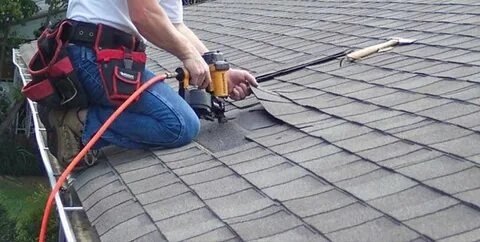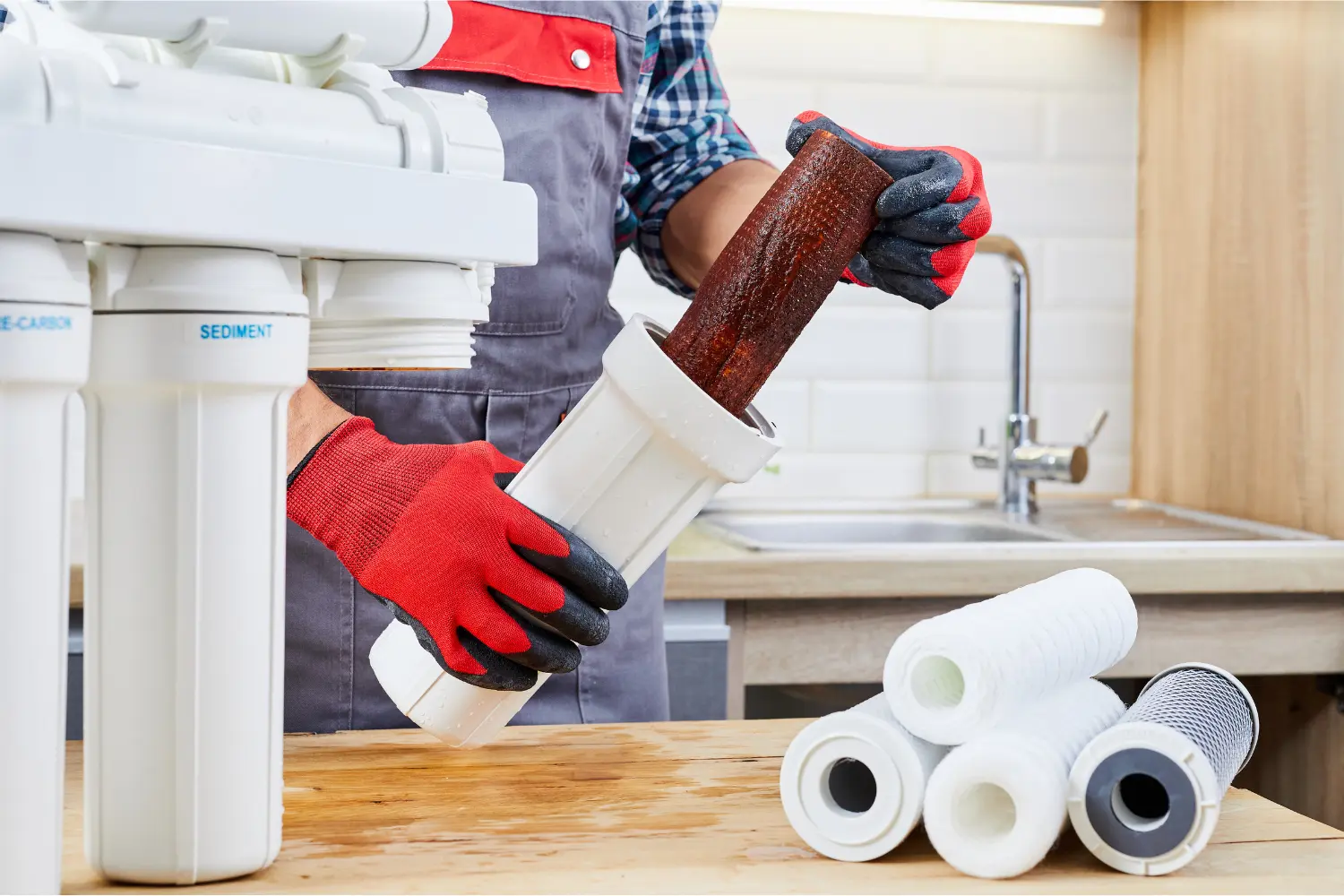If you’re considering upgrading your home’s roofing system, tile roofing is a strong and stylish option. With its classic look and long-lasting durability, tile roofs are increasingly popular among homeowners who want both beauty and performance. But before you make the investment, it’s important to understand the full process of tile roof installation, what it entails, how much it costs, and how to maintain it over time.
Whether you’re in a hot climate like Texas or simply love the timeless aesthetic, this guide will walk you through everything you need to know as a homeowner. And if you’re in Central Texas, the Austin Roof experts are trusted professionals ready to help you make the most of your tile roofing investment.
Why Choose a Tile Roof?
Tile roofing has been around for centuries, and good reason. It combines visual appeal, energy efficiency, and exceptional longevity, often lasting 50 years or more when properly installed and maintained.
Benefits of Tile Roofs:
- Durability: Resistant to fire, rot, insects, and even hail.
- Longevity: Can last 50-100 years depending on the tile material.
- Energy Efficiency: Tiles provide natural insulation and ventilation.
- Curb Appeal: Available in a variety of shapes, colors, and textures.
- Environmentally Friendly: Made from natural, recyclable materials like clay and concrete.
However, it’s not just about beauty. A tile roof is a serious investment that requires a strong structure and skilled installation. Let’s break down the entire process from start to finish.
Types of Roof Tiles
Before installation begins, you’ll need to choose the type of tile that suits your home and your budget. Here are the most common options:
1. Clay Tiles
- Appearance: Terracotta red or glazed for custom colors.
- Durability: Can last up to 100 years.
- Best For: Hot climates; traditional Spanish or Mediterranean architecture.
- Cost: Higher than concrete, but offers unmatched longevity.
2. Concrete Tiles
- Appearance: Can mimic slate, wood shakes, or clay.
- Durability: 40–75 years.
- Best For: All climates; homeowners wanting versatility.
- Cost: More affordable than clay but heavier.
3. Slate Tiles
- Appearance: Natural stone look.
- Durability: Extremely long-lasting (up to 100+ years).
- Best For: High-end homes; classic or historical designs.
- Cost: Most expensive and heaviest option.
Is Your Home Ready for Tile Roofing?
Tile roofs are heavy. A typical clay tile can weigh up to 12 pounds per square foot, compared to just 2-3 pounds for asphalt shingles. Before you move forward, your roofer will need to assess your home’s structural integrity to ensure it can support the weight of a tile roof.
Key structural considerations:
- Rafters and trusses must be strong and well-spaced.
- Roof pitch must meet manufacturer guidelines (typically at least 4:12 slope).
- Reinforcement may be necessary for older homes.
In Central Texas, The Austin Roof team regularly assesses structures for tile readiness, offering safe reinforcement solutions if needed.
The Tile Roof Installation Process
Installing a tile roof is not a simple DIY job. It’s a complex, labor-intensive project that requires expert knowledge. Here’s what the process typically looks like:
1. Inspection and Planning
A licensed roofing contractor will:
- Inspect the existing roof.
- Check attic ventilation and structural support.
- Help you choose the right tile type and color.
- Secure permits and schedule the project.
2. Removing the Old Roof
- Existing materials (like shingles) are completely removed.
- The decking underneath is examined and repaired if needed.
3. Installing Underlayment
- A high-quality waterproof underlayment is applied.
- This acts as a barrier against leaks and moisture.
- In some regions, two layers are required for extra protection.
4. Battens or Direct Nailing
- Tiles can be installed on battens (horizontal wood strips) or directly nailed.
- Battens improve air flow and tile alignment.
5. Laying the Tiles
- Tiles are laid in overlapping rows starting from the bottom.
- Special attention is given to hips, ridges, valleys, and flashing areas.
- Some tiles are nailed or clipped in place, especially along the edges or in high-wind areas.
6. Sealing and Finishing
- Ridge caps and vents are installed.
- Sealants are applied to critical joints.
- Gutters and drainage systems are checked.
How Much Does a Tile Roof Cost?
Tile roofing is more expensive than asphalt or metal, but the long-term value is worth it.
Average costs in 2025:
| Tile Type | Cost per Sq. Ft. (Installed) | Lifespan |
|---|---|---|
| Clay | $12–$25 | 50–100 yrs |
| Concrete | $8–$15 | 40–75 yrs |
| Slate | $15–$35 | 75–100+ yrs |
Total cost for a typical 2,000 sq. ft. roof:
$16,000 to $60,000 depending on material and complexity.
Tip: Ask your installer about warranties. Most tile manufacturers offer 30 to 50-year warranties.
Maintenance Tips for Tile Roofs
Tile roofs are low maintenance, but they’re not maintenance-free. Regular inspections can prevent costly repairs down the road.
Maintenance checklist:
- Inspect annually or after storms.
- Replace cracked or broken tiles immediately.
- Clear debris from valleys and gutters.
- Check flashing and sealants for deterioration.
- Hire professionals like The Austin Roof for detailed inspections.
Avoid walking on the roof unless necessary — tiles can crack under pressure.
Common Issues and How to Avoid Them
While tile roofs are built to last, here are a few common problems and how to prevent them:
1. Tile Breakage
- Caused by walking on the roof or falling debris.
- Prevention: Use professional services for inspections or cleaning.
2. Leaks
- Usually due to underlayment failure or flashing issues.
- Prevention: Inspect flashing and underlayment every few years.
3. Moss or Algae Growth
- Especially in humid areas.
- Prevention: Clean tiles with a mild solution and install zinc strips.
4. Shifting Tiles
- Can occur due to improper installation or high winds.
- Prevention: Hire licensed installers like The Austin Roof who follow regional codes.
Choosing the Right Roofer
A tile roof is only as good as the team that installs it. When selecting a contractor, look for:
- Licensed and insured
- Experience with tile roofing
- Positive local reviews
- Warranty-backed work
- Clear, upfront pricing
If you’re in the Austin area or anywhere in Central Texas, The Austin Roof is a trusted name with years of tile roof experience. From initial inspection to final tile placement, they handle every project with professionalism and precision.
Is a Tile Roof Right for You?
Consider a tile roof if:
- You want a long-term roofing solution.
- Your home’s structure can support the weight.
- You live in a hot, sunny, or fire-prone region.
- You value energy efficiency and a high-end look.
A tile roof is a significant investment, but it pays off with increased home value, beauty, and decades of protection.
FAQs: Tile Roof Installation
Q1: How long does it take to install a tile roof?
A: Installation can take 7 to 14 days depending on the size of your roof, the tile type, and the complexity of the design. Weather delays can also affect the timeline.
Q2: Can you install tile roofing over an existing roof?
A: No. Proper installation requires removing the old roofing materials to inspect and prepare the decking. This ensures proper underlayment and structural support.
Q3: What’s the best time of year for tile roof installation?
A: Spring and fall are ideal due to moderate temperatures and dry weather. However, roofers like The Austin Roof work year-round and will advise you on the best time for your location.
Final Thoughts
Tile roof installation is more than just a visual upgrade — it’s an investment in your home’s future. While the upfront costs may be higher, the return on longevity, durability, and curb appeal is unmatched. Just be sure to work with experienced professionals who understand the materials and the structural needs of your home.
Ready to explore tile roofing? If you’re located in Central Texas, The Austin Roof is your go-to expert for premium tile roof installation services. From helping you choose the right tiles to ensuring a flawless finish, they’ll guide you every step of the way.





Leave a Reply